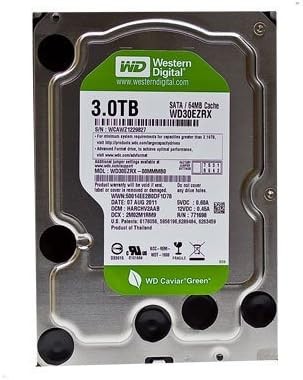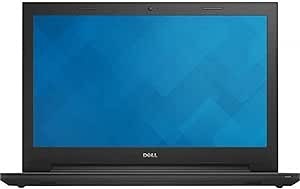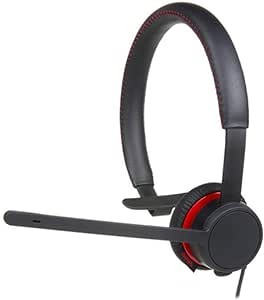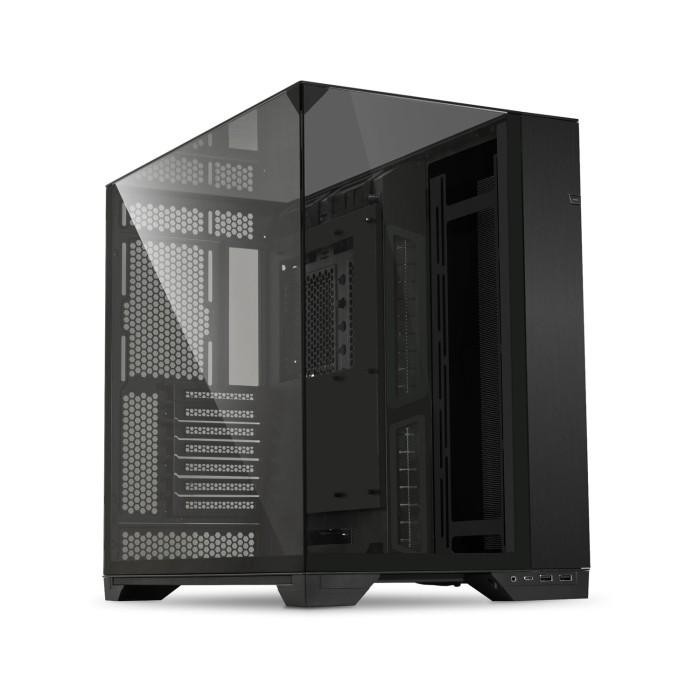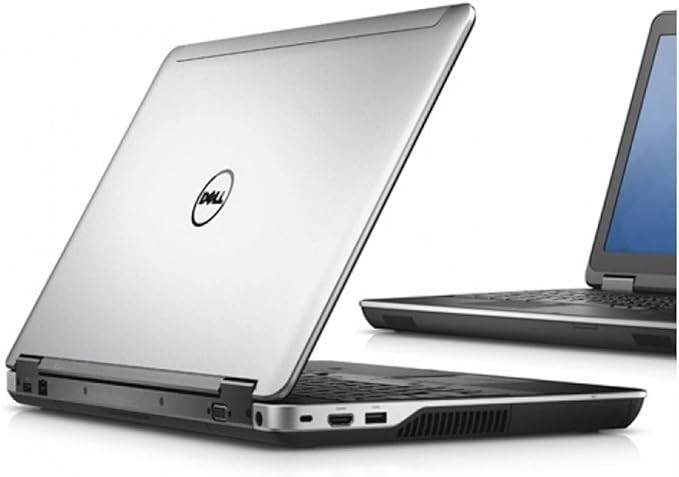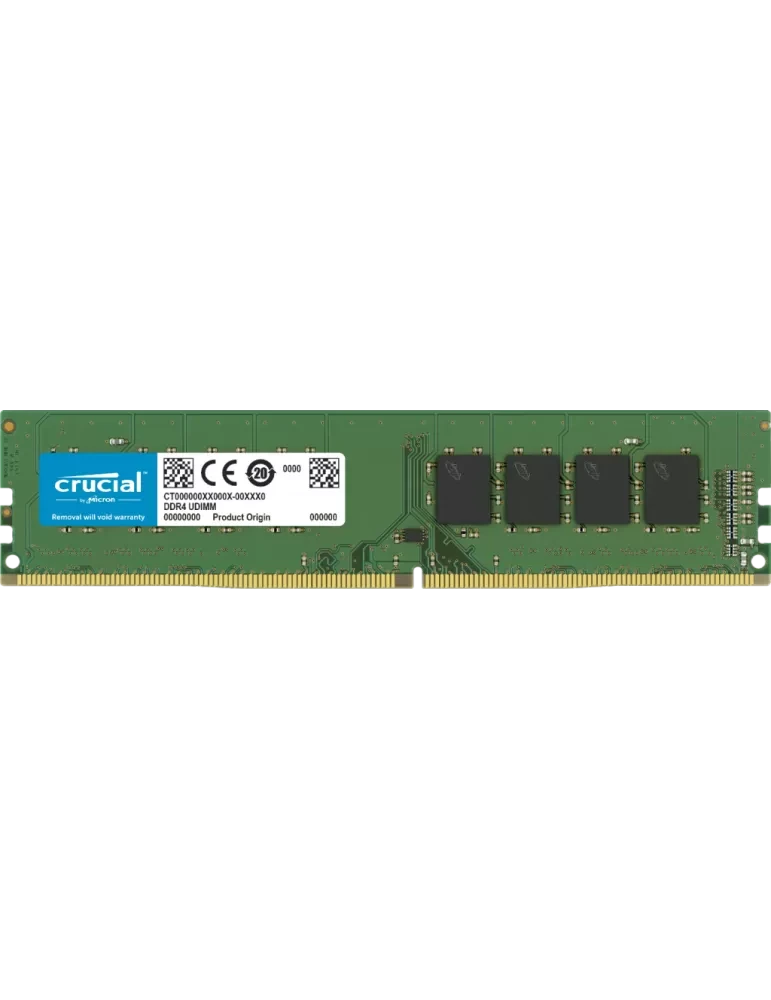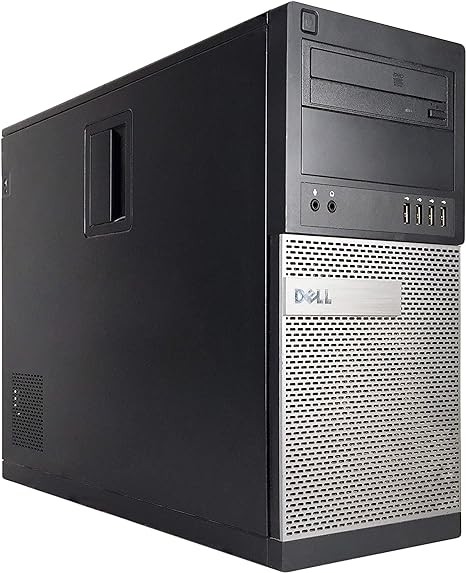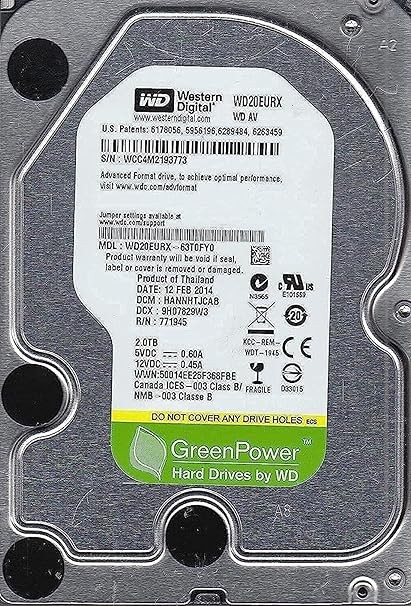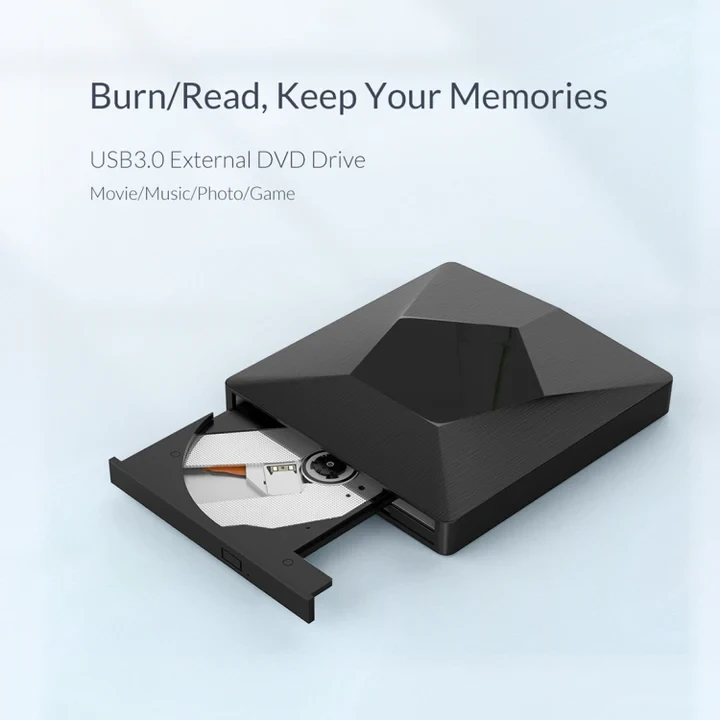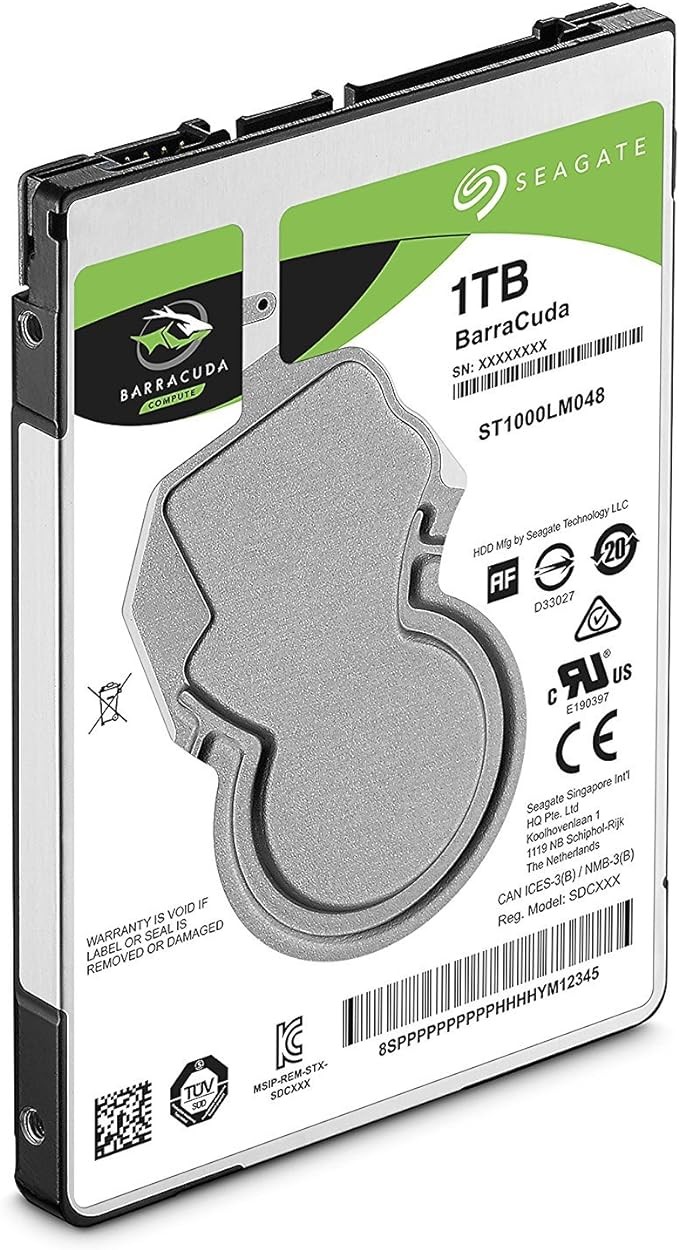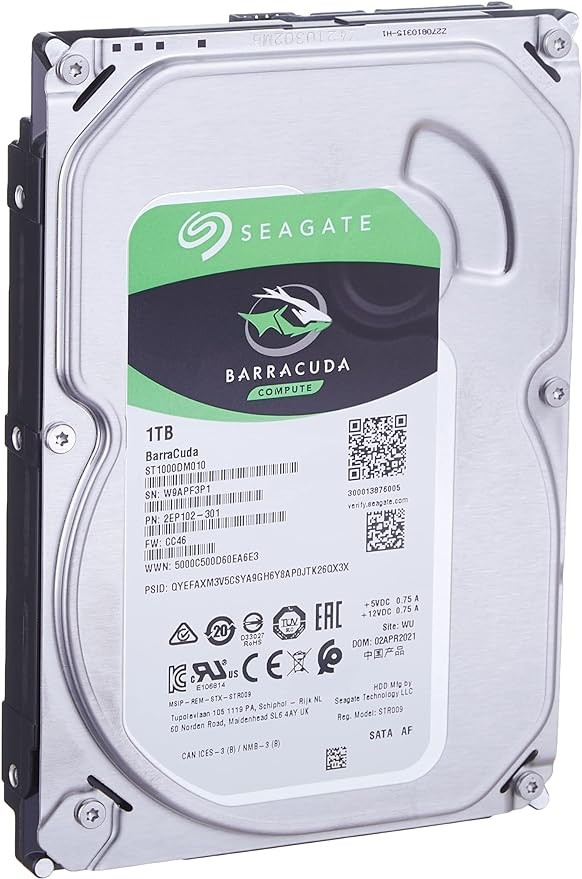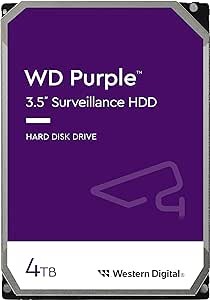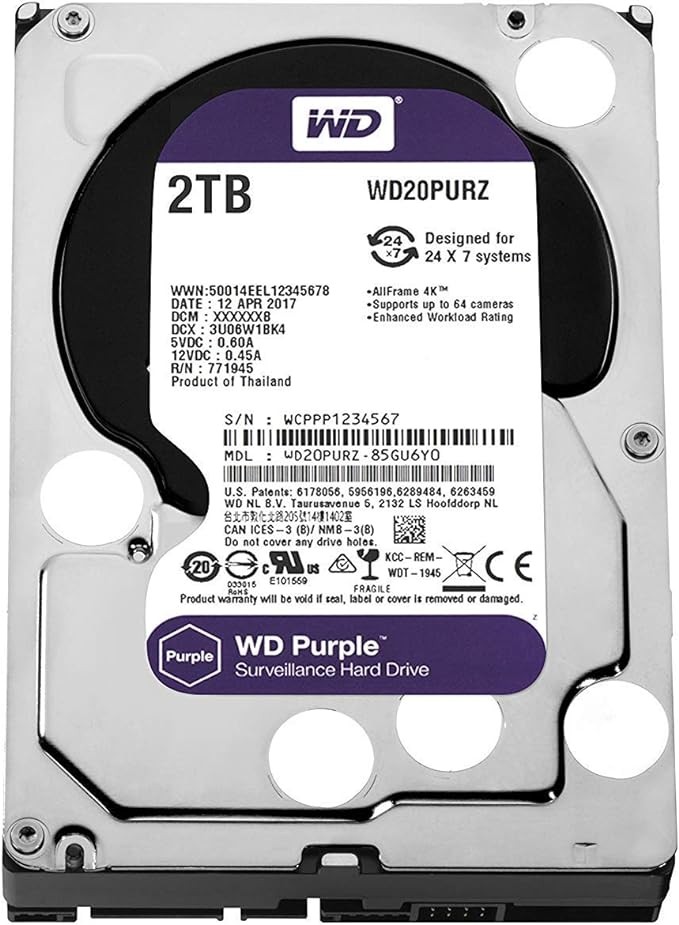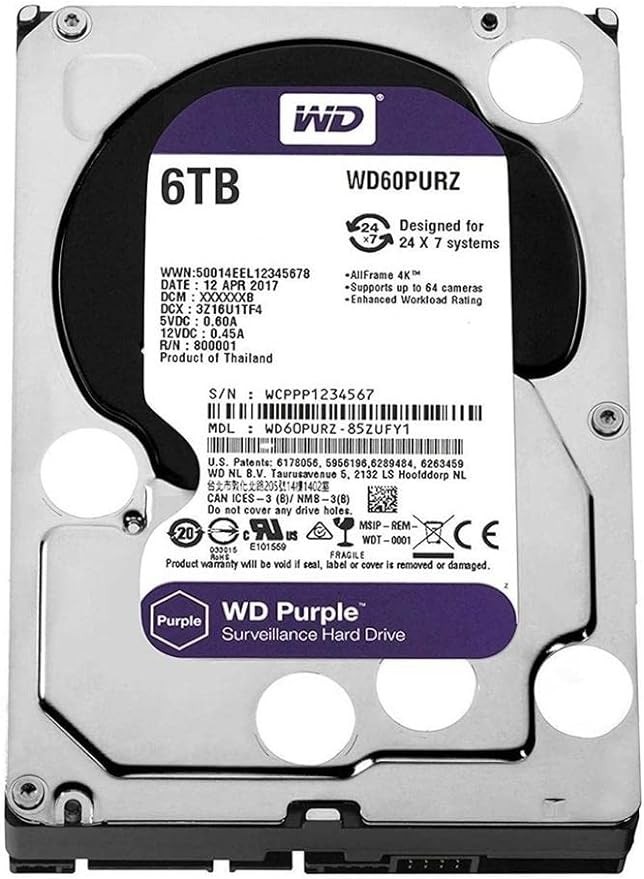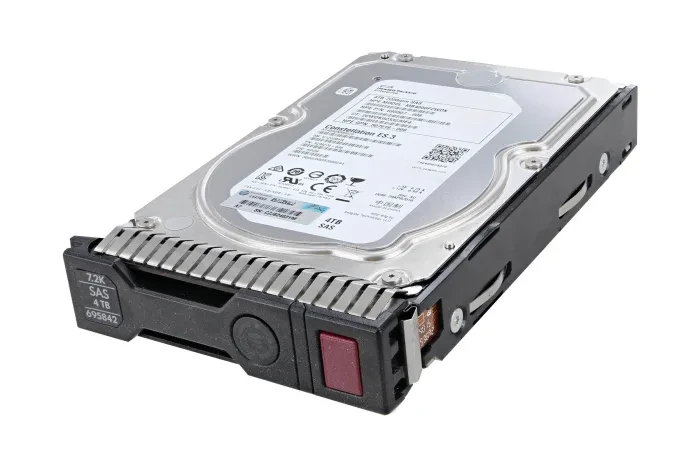Western Digital has both announced and started shipping their 5th generation Caviar Green hard drive.
Of course the major highlight this time around is the monster 3TB capacity,
a first for internal 3.5" hard drives. WD accomplishes this feat by leveraging Advanced Format and four 750GB platters.
In addition to the 3TB model (WD30EZRSDTL) there’s also a 2.5TB (WD25EZRSDTL) capacity available
. Other drive highlights include a 64MB buffer, 3Gb/s SATA interface and quoted standby power consumption of only 1W. While the high capacity is surely a blessing to many users,
there are certain risks WD is taking by going to market right now. We’ll dive into these potential compatibility issues and take a look a performance numbers in this review.
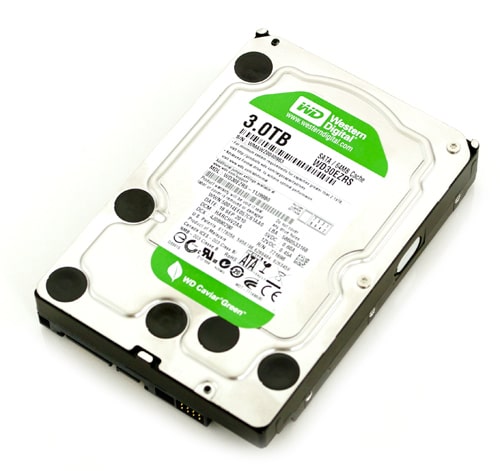
To this point, 3TB drives have been limited to external enclosures. Doing so gives consumers the option to have access to large capacity drives, but limits their utility by leaving them outside of the system.
As it stands, one of the largest impediments to high-capacity internal drives is the 2.19TB barrier.
WD is banking on consumers working around this barrier, while we collectively wait for software and hardware to catch up, supporting larger drives natively.
Before we get too far along, it’s worth clarifying the 2.19 problem. Windows and some Linux variants hit the 2.19TB capacity limit because they can only address 232 logical blocks (OSX is not affected by this limitation).
With a drive sector size of 512 bytes, you arrive at the 2.19TB cap. Because of a combination between legacy BIOS and support only booting from a MBR (Master Boot Record) partition formatted drive,
there are limitations when attempting to move to a higher capacity drive. To be able to boot from a drive larger than 2.19TB, the BIOS and system drivers need to agree on capacity and layout of the hard drive to boot and operate properly.
To solve this problem, the industry is moving to GUID Partition Tables (GPT) instead of MBR partition tables through organization by UEFI, which is "a community effort by many companies in the computer industry to modernize the booting process.
" Moving to GPT partitions allows for up to 18 Exabyte (264) of Logical Block Addressing, thereby breaking through the current bottleneck. While some UEFI capable systems are already shipping, the industry is probably looking toward mid-2011 for full adoption for Windows-based machines (OSX is already there). Also a requirement is a 64-bit operating system.
Since most current systems don’t yet support UEFI standards, WD is providing an interim solution for those who want to boot these high-capacity drives in certain operating environments
; they’re including an AHCI-compliant host bus adapter (HBA) card with the retail drive kits.
This allows legacy BIOS motherboards and GPT-ready operating systems to use a known driver to correctly support large capacity drives. While not a perfect solution, WD had to either go this route or hold off until UEFI adoption warranted the drive release.
The rules are slightly different when using the drive in a non-boot scenario, simply as a secondary storage device
. Here the drives play well with 32-bit operating systems when used with or without the included HBA (depending on OS). The following chart breaks down the scenarios:
